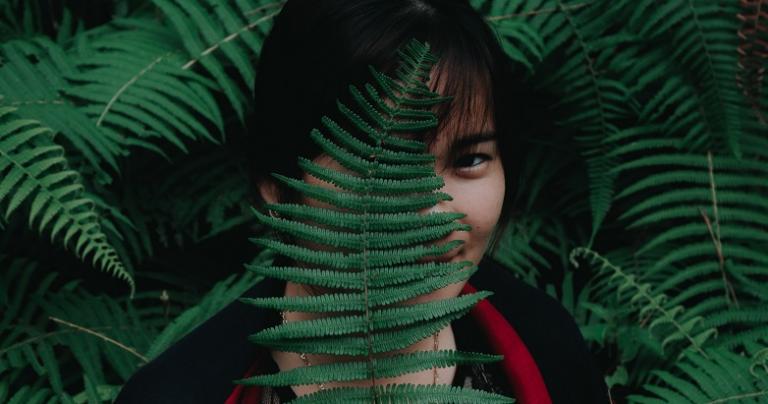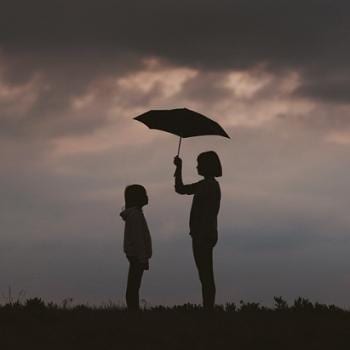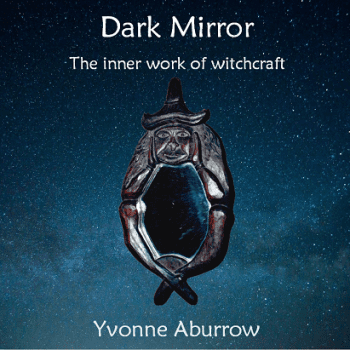Hello, beautiful creatures. In the wake of some comments I’ve seen elsewhere about last week’s piece, “Witch-Aesthetics and the Elitism of Curmudgeonry,” I realized that some of what I wrote touched a nerve. Being the contrary sort of queer I am, I want to dig a little deeper on that subject, because I think there’s a lot more going on under the surface of our derision than we might realize, or be comfortable with. After all, when we’re criticizing people for finding value and power in witch-aesthetics, we should be really clear who we’re talking about: People of color. Queer and transgender people. Neuroatypical people.
And, intersecting with all of these, young people1, most especially young women.
Let’s break into that a little further, shall we?
Hating the Young (Because We Aren’t Anymore)
The cliché that “younger folks think older folks are irrelevant and don’t understand them” is rivalled in its dullness only by the cliché that “older folks think younger folks are ignorant and don’t want to learn.”
The reality is, of course, more complicated.
Older folks can have knowledge, experience, and perspectives from which younger folks could benefit. They can also be ignorant, unable to learn new ways of thinking and seeing the world, and unwilling to speak in a language that younger folks can understand. Likewise, younger folks can have enthusiasm, open-mindedness, and fresh eyes from which older folks could benefit. They can also be ignorant, shallow, and so convinced of their own cleverness and ingenuity that they’re unwilling to entertain the notion that someone might know a better way of doing things.
Here’s the funny thing: I could’ve written that previous paragraph exactly the same way, but swapped the words “older” and “younger,” and it would still be true. A dirty trick, yes, but it underscores the point that none of these generalizations are intrinsically true. Moreover, they’re irrelevant. The problem isn’t that young people are lazy, nor that old people are jerks. The problem is the way in which the perennial communication gap between generations has played out within the p-word world.
The current spate of open-source witchery we see on Tumblr, Instagram, Pinterest et al. is hardly a new phenomenon, nor is the derision with which older folks hold forth about it. I’m old enough to remember folks gnashing their teeth about “online initiations” in the early 2000s, or wailing and weeping about “chatroom covens” and “fluffy bunny” Pagans in the 1990s. Everything old is new again, eh?
As I wrote in a comment on the previous post, it’s easy to deride Kids These Days for not wanting our advice, but honestly, why would they? Because we know better? Well, how many of us listened to our parents and predecessors?
What I find curious about modern witch-aesthetics is the extent to which it can be seen as a response to the lack of the kind of mentorship that witch-elders (or heathen elders, or other Pagan elders) could offer, but for the breakdown in communication that’s clearly happened. What the younger generation isn’t getting from their elders—lore, instruction, mythology, community, support—they’re finding on their own and sharing with one another, or (re-)inventing out of necessity. They’re treating witchcraft like an art… one in which they can sample, remix, mash up, remaster, collage, and create something new from all the bits and pieces of occulture they’ve been able to find and collect.
It’s incumbent on those who would presume to occupy the role of “teacher” to do so in a language our would-be students can actually understand, rather than deriding them for not already knowing what they’re here to learn… or more to the point, for not being us. There’s responsibility for bridging that communication gap on both sides, yes, but that’s the point: there’s responsibility on both sides.
Complaining that Kids These Days just don’t wanna Work Hard Like We Did is not only flat-out wrong, it’s disingenuous. It fails to account for the number of cheesy witchcraft paperbacks purchased by our generations in the Seventies, or the number of people who paid good money to mail-order witchcraft schools. Complaining that Witchblr and #witchesofinstagram are shallow and superficial may or may not be true, but really, were we any less shallow and superficial when we were coming up? Is the witch-aesthetic of tarot-card-printed t-shirts and crystal pentagram jewelry really so different from the faux-Sixties or gothic-RenFaire aesthetics so beloved by so many of us oldsters?
(Spoiler alert: no, it’s really not.)

Is It Still Misogyny If We All Do It?
Previously, I wrote that slagging off the witch-aesthetics found all over Tumblr, Instagram, and Pinterest was “the usual, tiresome sort of dismissal of Things Women Like.” That’s not wrong, but it’s not precisely right, either. Taking into account what I just wrote about the age demographic of most of the folks we’ve been discussing, I misspoke. What I should’ve written was “Things Young Women Like” or, more specifically, “Things Girls Like.”
If you’re suspecting that I’m about to call this a manifestation of misogyny, give yourself a silver star2, because you’re exactly right. After all, there’s an awful lot of Witchblr made up of young white cis gay men with a singular aesthetic—one which revolves around the general themes of black, ravens, keys, antlers, skulls, forests, and naked young men—and I note with interest the decided lack of pearl-clutching aghast outrage about the shallowness and superficiality of their social media witchcraft. This hatred of girls and the things girls like is an especially pernicious flavor of misogyny, because it’s one that encourages other women to join in with men and boys, gay or straight or otherwise, in feeling superior to girls and the stupid girly things they like… and hey, didja notice how “girly” is pejorative, rather than complimentary? It’s almost as though our culture thinks there’s something intrinsically wrong… with… girls…
Huh. Well, how about that.
The point is, people take their tools where they find them. Shaming people—especially marginalized people, and most especially multiply-marginalized people—for finding power and meaning in something that doesn’t match our subcultural notions of Pagan propriety and previously-established aesthetics is… not awesome. More often than not, it comes across as “punching down,” attacking a group with less power than we have, but who we’ve nonetheless decided are acceptable targets, as a way of shoring up our own flagging self-esteem and insecurities.
If we’re concerned about the latest wave of silly witch-aesthetics and girly “lifestyle witches,” we really need to ask ourselves what’s actually bothering us—or, perhaps, what’s scaring us—about young women speaking a language we can’t follow and empowering themselves in ways we don’t understand.
Sounds almost… spooky, doesn’t it?
Until next time, dear ones, be thoughtful. ♥
- By “young,” I’m mean folks in their teens and twenties. That may not seem “young” to you, but I’m in my forties, so forgive me the generalization.
- (It’s not a gold star only because I kinda telegraphed it with the subheading.)
















